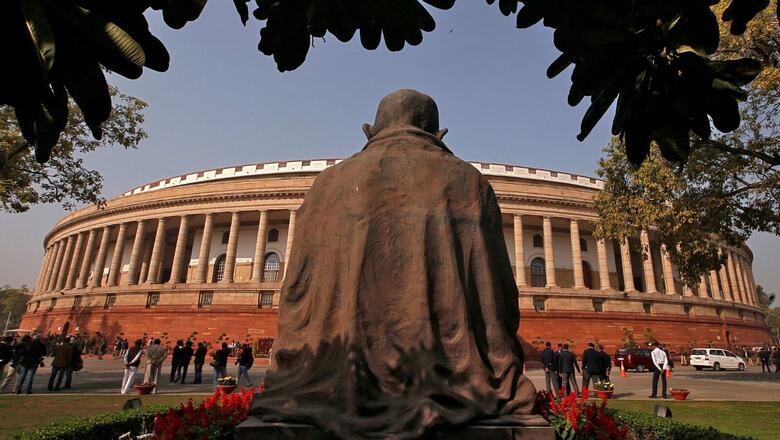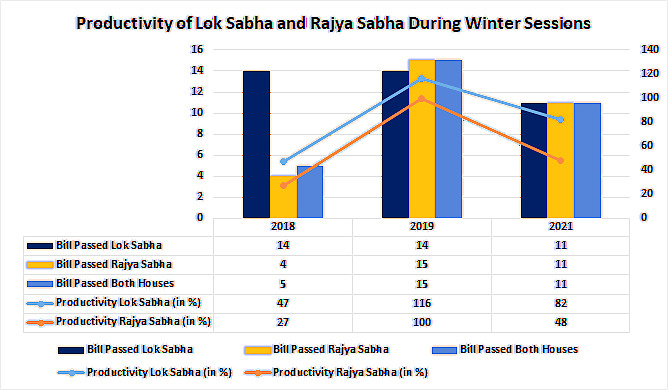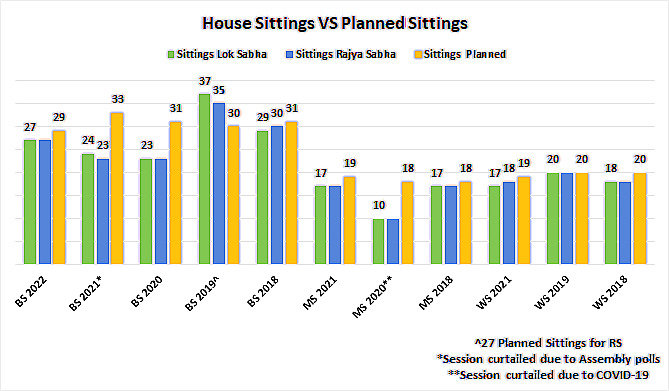
views
The last monsoon session of Parliament was one of the least productive in decades. With repeated disruptions and uproar, the productivity of both the Houses – Lok Sabha and Rajya Sabha – remained less than 30 per cent, according to the ministry of parliamentary affairs.
This year, the picture is almost the same as, in the first 10 days, the productivity of both the Houses could not cross 25 per cent. The monsoon session started on July 18 and, up to Tuesday, both houses had only worked for a little over 10 hours, PRS Legislative Research data shows.
Pandemonium
On Wednesday afternoon, Rajya Sabha proceedings were adjourned for the day amid opposition uproar. This time, the opposition MPs are protesting over inflation, LPG price rise, GST rate hike, and subsequent suspensions of lawmakers. Proceedings have been washed out since the first day as the opposition had been demanding a discussion on price rise and GST.
But these sessions are not exceptional. Time and again, the sessions have been disrupted over various issues. One such case was the 2018 budget session. As per the ministry of parliamentary affairs, the productivity of the complete 2018 budget session of the Lok Sabha was 23 per cent and that of Rajya Sabha was 28 per cent.

“The productivity of Lok Sabha was approx. 134% and that of Rajya Sabha was approx. 96% during the first part. During the second part of the Budget Session, 2018, the productivity of Lok Sabha was approx. 4% and that of Rajya Sabha was 8%,” an official statement reads.

Parliament saw protests over the Nirav Modi-Punjab National Bank scam. Also, the Telugu Desam Party (TDP) was protesting, seeking special status for Andhra Pradesh.

Among the sessions that saw less than 100 per cent productivity were: winter session 2021, budget session 2020, and winter session 2018.
Why 2019 budget session was ‘historic’
As per the ministry, the 2019 budget session was “historic” in many ways as legislation relating to almost all walks of socio-economic activities were passed.
Thirty bills were passed by both the Houses – it was a “record in single first/effective Session after constitution of new Lok Sabha”, an official statement released in August 2019 said.

The Lok Sabha session began on June 17, 2019, and Rajya Sabha started on June 20. The session was to end on July 26, 2019. However, it was extended. The session expected 30 sittings spread over 40 days in the Lok Sabha and 27 sittings spread over 37 days in the Rajya Sabha. However, the session had a total of 37 sittings of Lok Sabha and 35 sittings of the Rajya Sabha. The productivity of the Lok Sabha was approximately 137% and that of the Rajya Sabha was around 103%.
The Lok Sabha sat for an unprecedented 480 hours and, during the 37 sittings, no time was lost due to interruptions or adjournments.
Read all the Latest News and Breaking News here

















Comments
0 comment